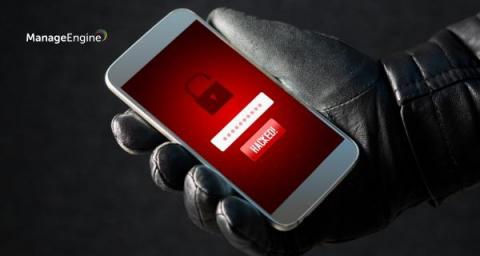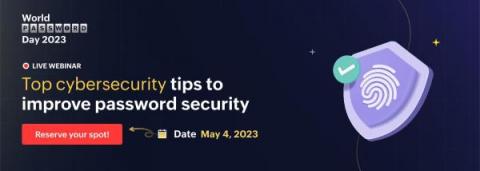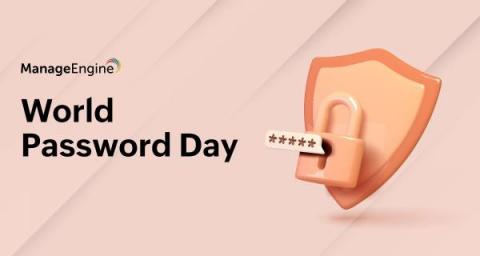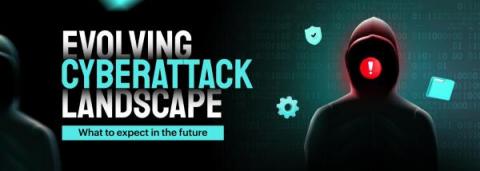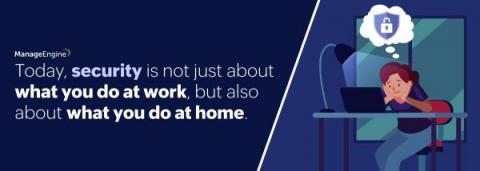Artificial intelligence might be insulting your intelligence
It’s Saturday morning. You’ve decided to sleep in after last night’s bender, and you can’t be bothered about the sound of your phone ringing. You decide to brush it off and go back to sleep, but the phone won’t stop ringing. You wake up and scan your surroundings. Your wife’s missing. You let the phone ring until it’s silent and bury your head in your pillow to block out the splitting headache that’s slowly building up. A single message tone goes off.



